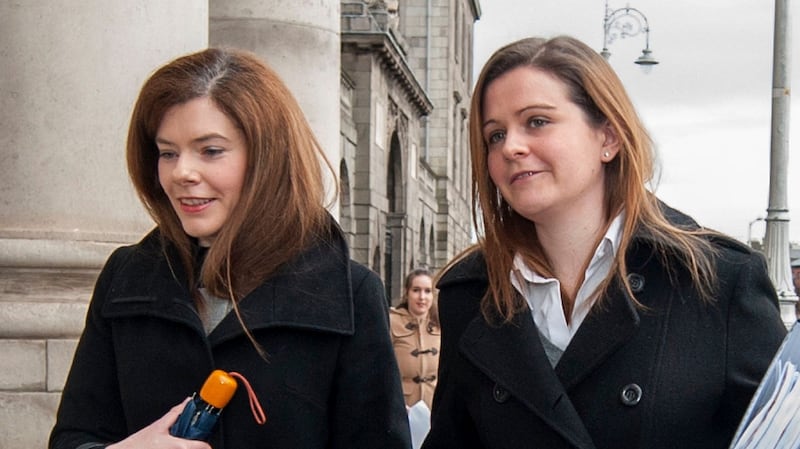The Sean Quinn saga has persisted for years and has been profoundly disheartening. The linked collapse of Anglo Irish Bank and the business empire of a man once considered the State's richest entrepreneur was followed by revelations about his reckless gamble on the Anglo share price, questions over the financial accounts of Quinn Insurance, and attempts by the Quinn family to thwart Anglo from asserting its title over foreign properties worth approximately €500 million.
In the High Court this attempt to deprive a State-owned entity of valuable property, at a time when the State's finances were in turmoil, was dubbed the conspiracy case. It was an appropriate name. Once ordered to desist, the family told the court that having set the scheme in motion, they had lost control of it and had been doubled-crossed by some of the foreign parties they had teamed up with. But the Irish Bank Resolution Corporation (IBRC) – as Anglo had been renamed by then – said it did not accept the family's claim.
The cost to the public of the Quinn disaster is substantial and ongoing
Meanwhile the former Quinn Group’s industrial operations on the Cavan/Fermanagh border, which had been taken over largely by foreign bond holders, found key personnel under sustained attack, with intimidation, arson and online abuse directed at those who were portrayed as having wrongfully secured control of the businesses. In fact the bondholders had saved valuable jobs. Quinn and his family called for the intimidation to stop, yet it continued. As a picture of Irish business, it was particularly unsavoury.
The cost to the public of the Quinn disaster is substantial and ongoing. A two per cent levy on motor premiums, in part designed to cover the costs of the collapsed Quinn Insurance, will be in place for years to come. The battle with the Quinns over the foreign property portfolio may have cost the IBRC, and therefore the public, well in excess of €100 million. This cost can be deducted from the value of the property which has now, in the main, been secured by the IBRC.

The fact that the Quinn children have dropped their claim that they should not be held accountable to the IBRC for loans issued by Anglo, is likely to weaken public support for them in the Cavan/Fermanagh area.
If the saga has been a disheartening one, then some comfort can be taken from the fact that the IBRC, and the State, were prepared to invest so much time and money in fighting against the Quinns’ effort to frustrate the bank. In truth, public opinion would not have tolerated any other approach. A lot of cleaning up remains to be done but, in essence, the deal that has been agreed puts the Anglo seizure of the Quinn business empire to bed, and signals the end of the final major controversy flowing from the disaster that was Anglo Irish Bank.














